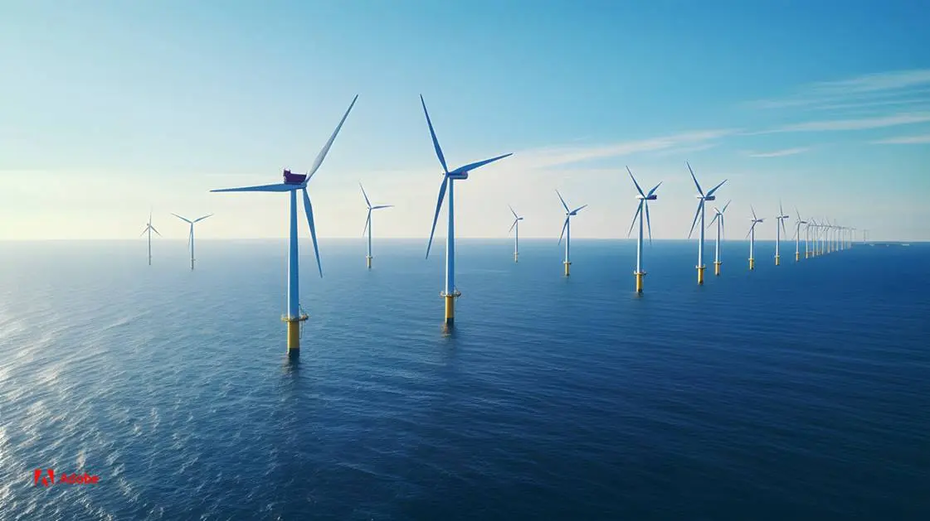Caro amigo que me enviou uma mensagem preocupado com a perigosidade de um planeta dependente do poder de homens como Trump e Putin:
Obrigado pelo envio do texto. Peço desculpa de só tardiamente o comentar. mas pode ser que ache interessante utilizar alguma das minhas ideias em texto próximo. Fundamentalmente o que eu tentei foi atenuar o grau do seu pessimismo, sem dúvida bem fundamentado, e talvez com ingenuidade minha.
Mas mantenho confiança nos senhores generais (ou almirantes, sem conotação) que sucederam àquele general que seguia sistematicamente o presidente Reagan sempre a tomar conta não fosse ele carregar no botão vermelho. E do outro lado, idêntico general vigiava Brejnev (um senhor natural da Ucrania ...).
Mas voltando ao tema, o senhor Trump comporta-se como empresário arrogante e prepotente que só vê as suas empresas achando que o resto do mundo serve para as rentabilizar. E então faz o que os grandes oligopolistas sempre fizeram, nomeadamente desde o nascimento das grandes corporações (empresas) medievais que progressivamente se foram sobrepondo ao poder feudal, e de que os melhores exemplos são os das cidades italianas em que os empresários à imagem dos senhores feudais dispuseram de exércitos e esquadras (Veneza, Génova principalmente).
Portanto, o meu ponto de vista é que a amizade Trump-Putin é de dois senhores oligopolistas que aplicam o princípio de que a união faz a força, como aliás a união USA-Arábia Saudita já demonstrou. Com Putin, chefe de oligarcas que sucessivamente foram tomando as grandes empresas públicas do tempo soviético, terá Trump o prazer de trocar impressões sobre como aproveitar as debilidades do sistema de pesos e contrapesos da Constituição dos USA para ir colocando os seus, dele Trump, oligarcas, em lugares de controle público.
Como dizia o meu professor de Quimica Geral logo no primeiro ano do Tecnico, a energia é o problema fundamental da humanidade, e Trump, Putin e Bin Salman saudita ( https://www.youtube.com/watch?v=UuUBpKmPwvE) apostam fortemente no controle do petróleo para controlar a humanidade. Força unida contra o Brasil, a China, a India, a Africa do sul, a Venezuela. Quem não tenha petróleo ou tenha dificuldade em produzi-lo (ou refinar) sofre as consequências. Terras raras é secundário, embora importante, veja-se a disputa pela Gronelandia ...
Atente-se no descaramento com que os USA se opuseram às propostas da ONU para reduzir as emissões do fabrico do plástico e das propostas da IMO (agência maritima internacional) para reduzir as emissões do transporte maritimo.
Considere-se ainda a proibição por Trump da conclusão do sistema eólico off-shore da Oersted na costa oriental dos USA.
Os oligarcas do petróleo combatem as energias renováveis. Não admira que os últimos leilões para parques eólicos off-shore na Alemanha e na Dinamarca tenham ficado desertos ou subfinanciados https://www.powerengineeringint.com/renewables/wind/germanys-2-5gw-offshore-wind-auction-fails/
A teoria inventou agora os contratos para a diferença, CfD, como modo de financiamento dos produtores de renováveis, contrata-se um valor médio do "price strike" expetável para o preço da energia ao longo de 15(?!) anos, compensa-se o produtor do sistema eólico quando o preço do leilão for inferior e cobra-se ao produtor a diferença quando o preço do leilão for superior.
https://en.wikipedia.org/wiki/Contracts_for_Difference_(UK_energy)
Não admira que essa gente não se importe de deportar quem quiserem para fazerem resorts nas praias do mediterraneo oriental, com navios cruzeiro a gastar petróleo, claro, ou de bombardear quem entenderem. Isto é, se em vez de oligopolistas fossem agentes do KGB, da CIA, da MOSSAD ou da equivalente saudita, não fariam melhor.
Mas vamos podendo falar e escrever, pelo menos por enquanto.
Grande abraço










